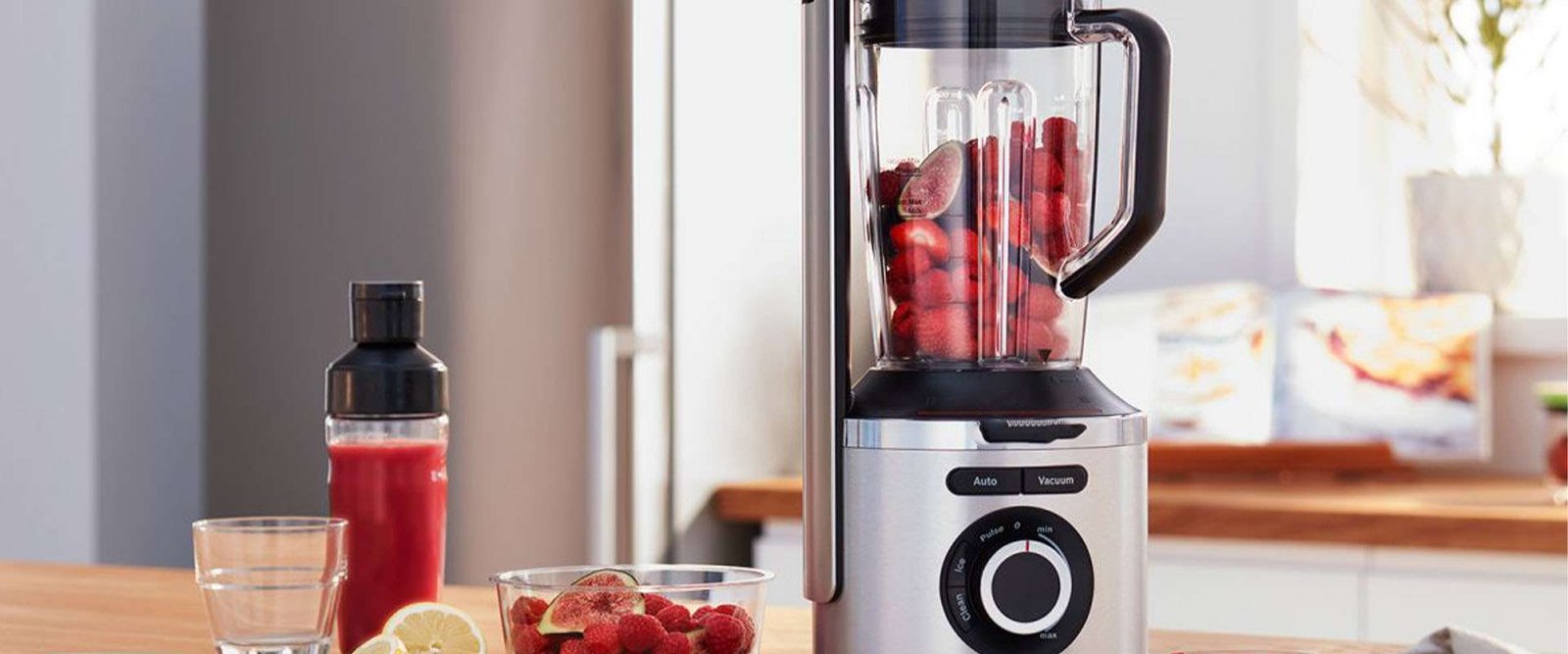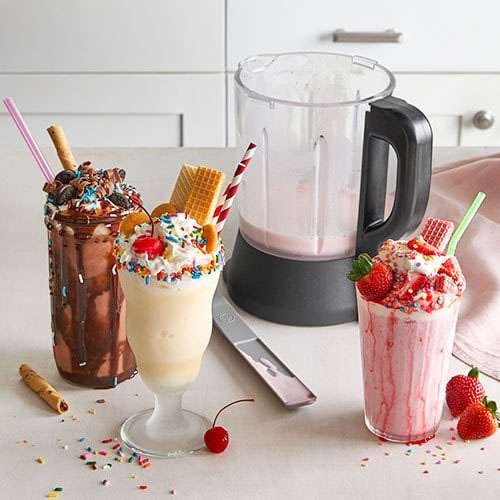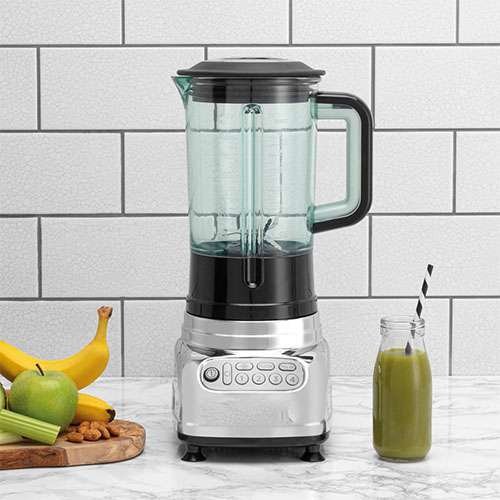In the fiercely competitive catering market, improving efficiency, reducing costs and ensuring quality are the keys to sustainable development of enterprises. As a representative product of small kitchen appliances, blenders play an important role in the catering industry. This article will analyze the pain points of the catering industry and explore how blenders can help enterprises improve their efficiency.

1. Analysis of pain points in the catering industry
Low efficiencyIn the catering industry, low efficiency is a common problem. Especially during peak hours, the pressure on kitchen staff is huge, which can easily lead to slow food delivery and affect customer experience.High labor costsWith the continuous increase in labor costs, the labor cost pressure of enterprises is increasing. How to reduce labor costs while ensuring service quality has become an urgent problem for catering companies.Serious food wasteDuring the food processing process, due to irregular operations in cutting, mixing and other links, food waste is more serious.Unstable qualityManual operation can easily lead to unstable food processing quality, affecting customer satisfaction.
2. Application of blenders in the catering industry
Improve efficiency(1) Fast blending: The blender has a powerful blending function, which can quickly blend the ingredients evenly and improve cooking efficiency.
(2) One-button operation: Intelligent design simplifies the operation process, allowing kitchen staff to quickly get started.Reducing labor costs(1) Replace manual operation: The blender can replace some manual operations, reduce the burden on kitchen staff, and reduce labor costs.(2) Save training costs: One-button operation, easy to use, reduce training time, and reduce training costs.Reducing food waste(1) Precise control: The blender can adjust the blending speed and time according to demand to reduce food waste.(2) Improve food utilization: Through the cutting, grinding and other functions of the blender, the utilization rate of ingredients is improved and costs are reduced.

Ensure stable quality(1) Standardized operation: The blender adopts a standardized design to ensure the stable quality of food processing.(2) Intelligent control: The blender can automatically adjust the blending speed and time according to the characteristics of the ingredients to ensure the quality of food processing.
3. Examples of how blenders help companies improve their efficiency
Case 1: A Chinese fast food restaurantBefore using blenders, the fast food restaurant had to spend a lot of time blending ingredients manually, which was not only inefficient, but also caused serious food waste. After the introduction of blenders, the blending time was shortened to 1/3 of the original, the food waste was significantly improved, and the company’s efficiency increased by 20%.Case 2: A cold drink shopBefore using blenders, the chefs of this cold drink shop had to manually mash lemons, green grapes, etc., which was not only time-consuming and labor-intensive, but also unstable in quality. After the introduction of blenders, the production process was optimized, the quality of the finished product was improved, customer satisfaction increased, and turnover increased by 15%.

4. Summary
As an important product of small kitchen appliances, blenders have broad application prospects in the catering industry.They can not only improve cooking efficiency, reduce labor costs, and reduce food waste, but also ensure the quality of food processing.Enterprises should choose suitable blender products according to their own needs to maximize benefits.In the future, with the continuous advancement of technology, blenders will bring more innovation and changes to the catering industry.Helping enterprises break through pain points and achieve sustainable development.